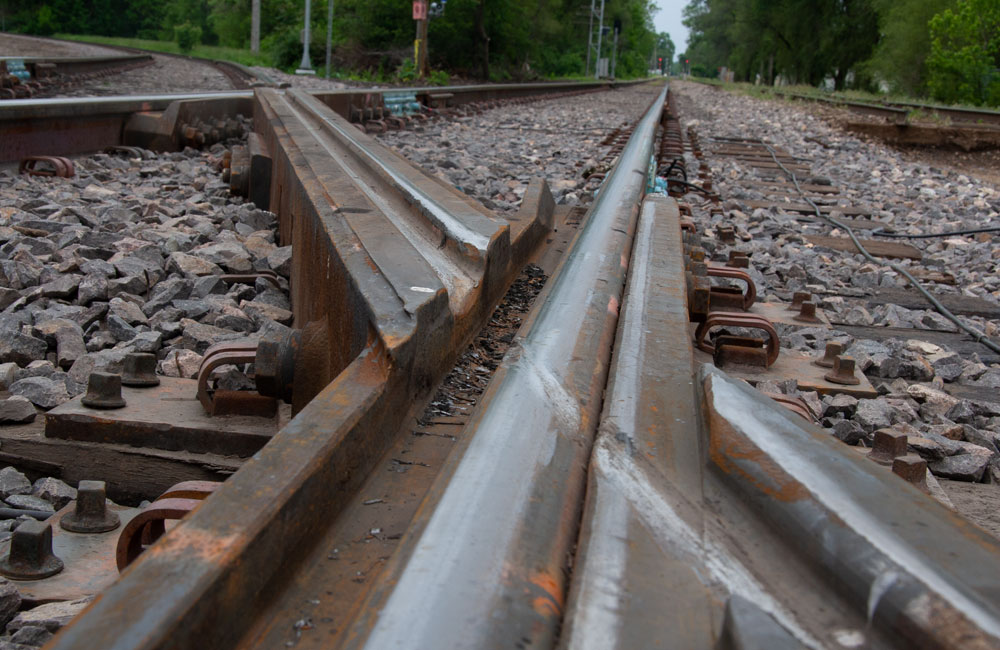
Q: What is a lift frog and why are they used? – Bob Kolankoski, Scranton, Pa.
A: Flange-bearing frogs, also known as lift frogs, jump frogs, or more colloquially leap frogs, are used on switches or diamonds where the main route sees far more traffic than the secondary. On a traditional tread-bearing frog, the flangeways – gaps in the rail – allow the routes to cross over each other, producing that “clickity-clack” sound as the treads hit the railhead again on the other side of the gap. This produces wear on the wheels as well as the frog. The idea behind the flange-bearing frog is to reduce that wear for trains on the main route and to let those trains cross the frog at full speed.
Here’s how it works. The mainline railhead through the frog is solid – no gaps, no clickity-clack, and no (well, much less) wheel wear. On the secondary route, though, the flangeway becomes a U-shaped channel that keeps the train on track as the wheels rise a few inches to bear on the flanges, not the tread. The wheels then pass over the railhead and flangeway of the main line, enter the channel on the other side, and are lowered to bear on the treads again.
Take a look at the photo above and you’ll see the wear on the main rail where the secondary crosses. To make such a precarious-sounding transit safe, guard rails keep the opposite wheels on the straight and narrow, and speed is restricted on the secondary route. This has given lift-frog crossings like the one in the photo the moniker of One-Way Low Speed diamonds, or OWLS.
Send us your questions
Got a question about modeling, operation, or prototype railroading? E-mail it to us at AskTrains@Trains.com. Include your full name and hometown and put “Ask MR” in the subject.






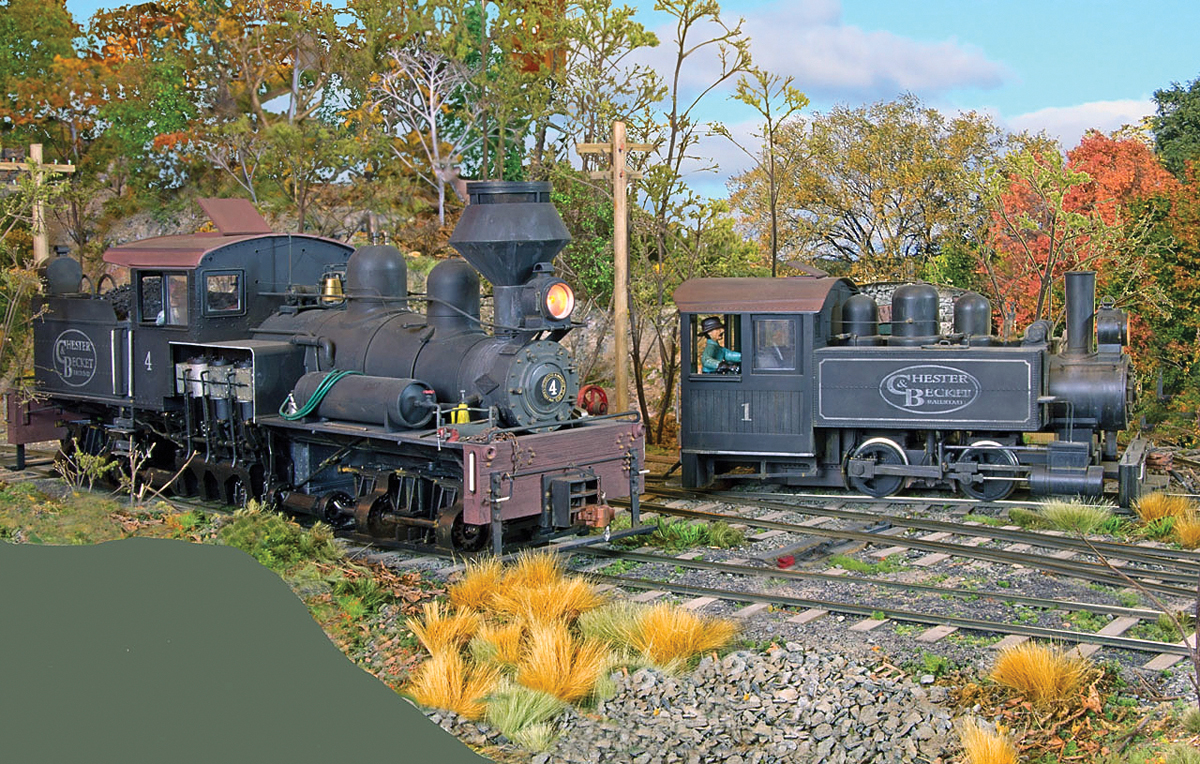
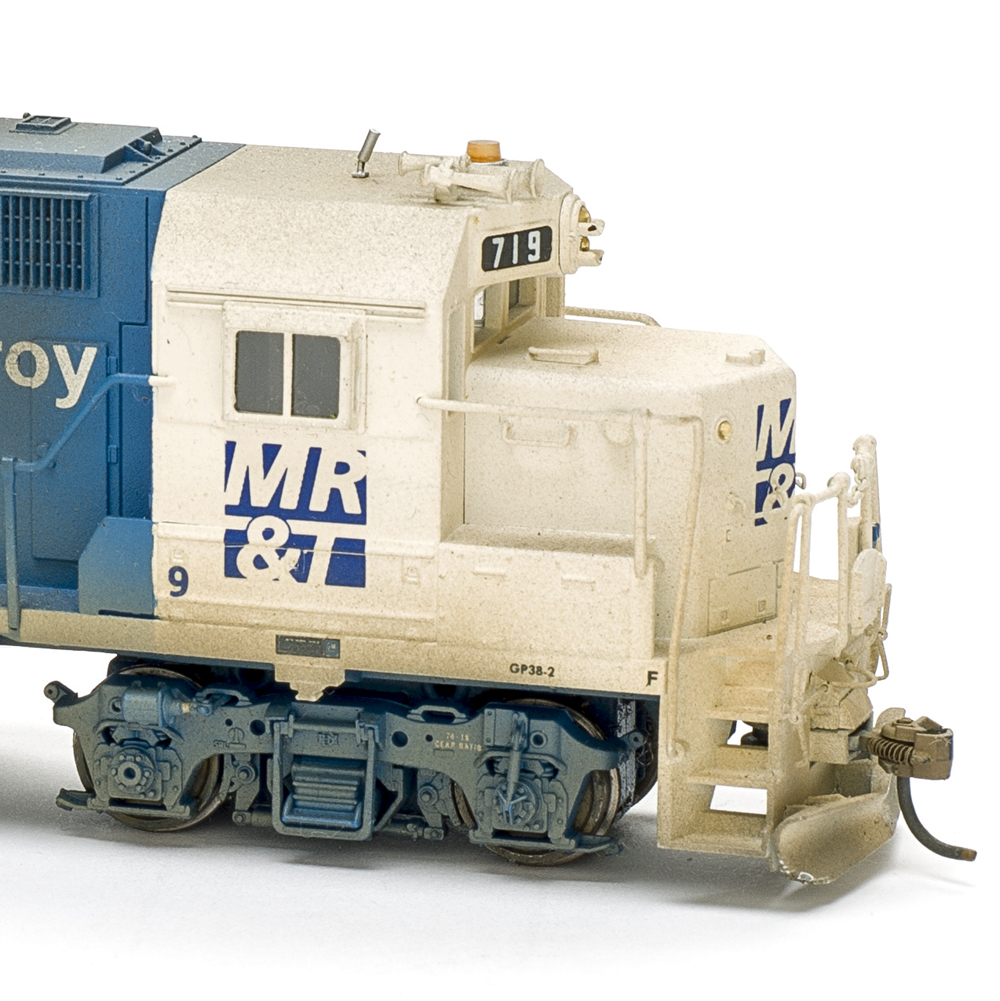
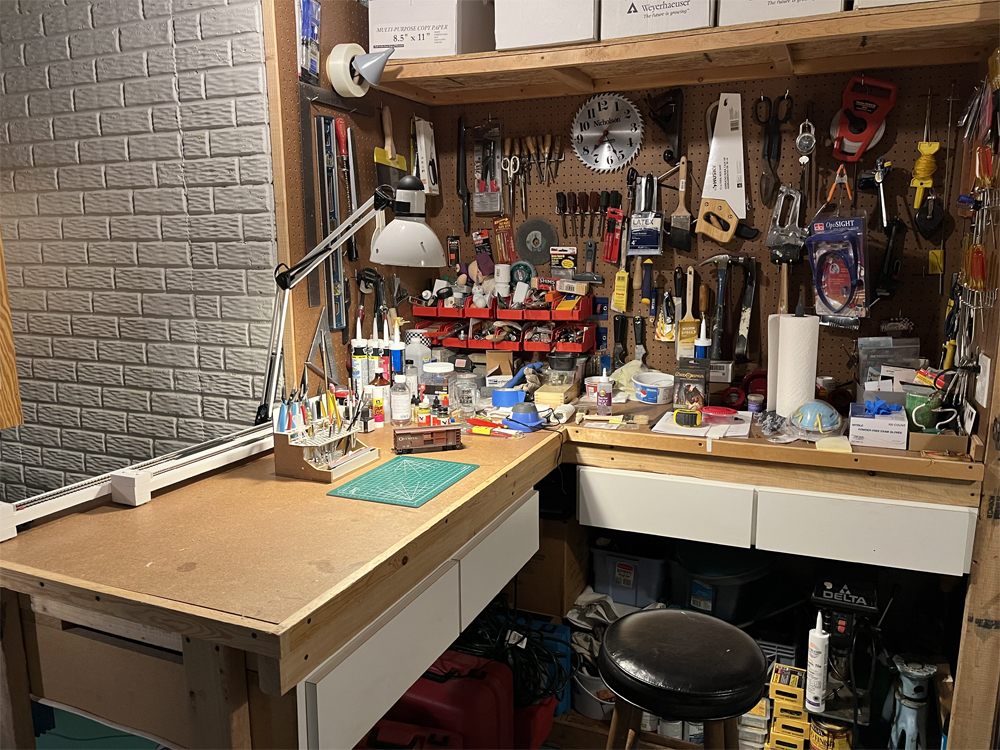
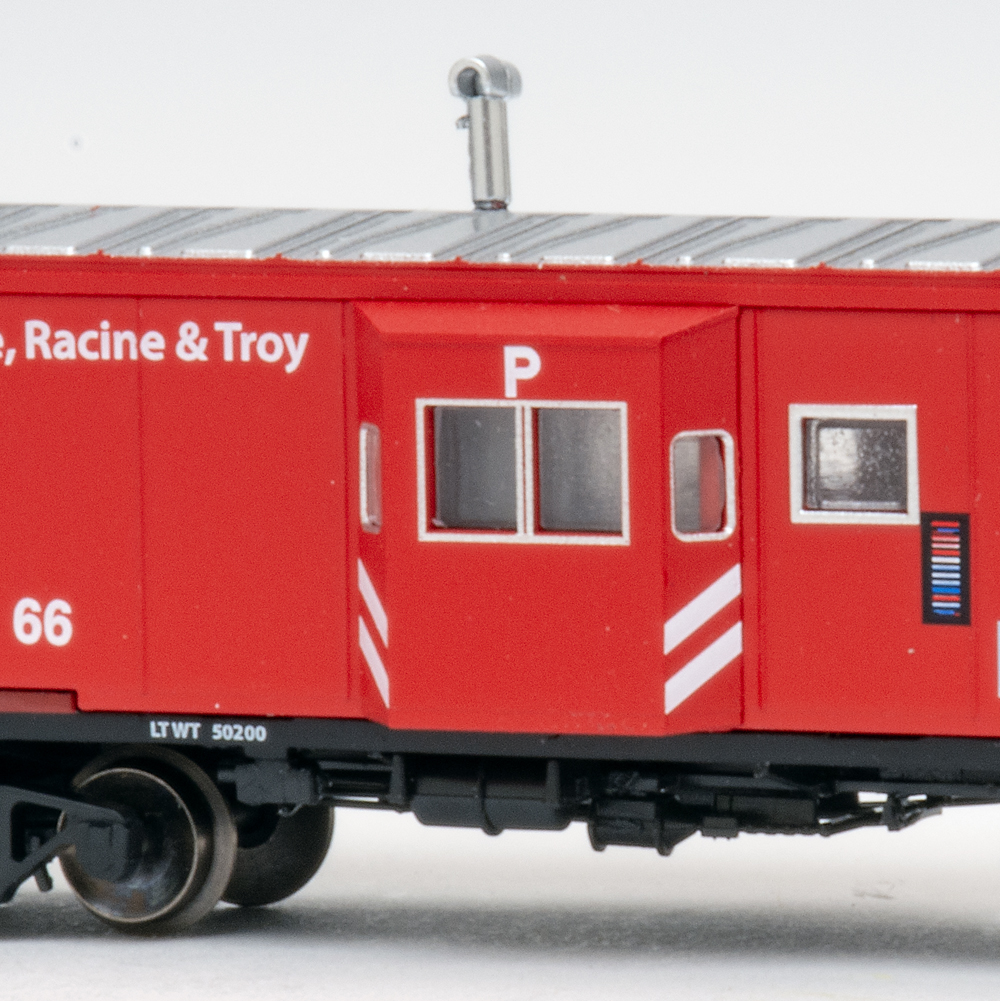




I’m assuming then, that trains that cross on the secondary is running at a slow speed or slows down significantly when using this type of crossing?